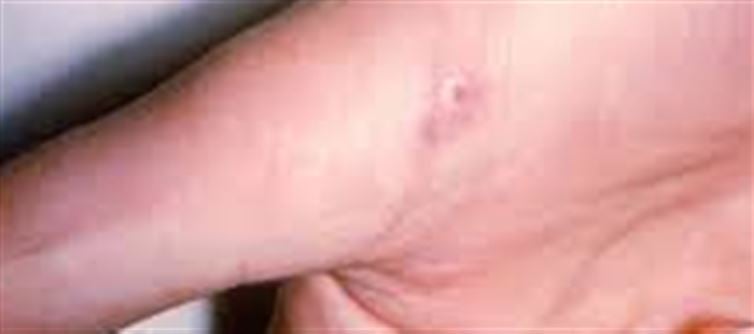
Cats are adorable pets, but sometimes scratches can make us worry about diseases like rabies. While rabies is a serious viral infection, the risk from a cat scratch is very low. Here’s what experts say:
1. How Rabies Spreads
· Rabies is primarily transmitted through the saliva of an infected animal, usually via bites.
· The virus travels from the bite site to the nervous system, eventually affecting the brain.
· Transmission through scratches is extremely rare, unless saliva from a rabid animal contaminates the scratch.
2. Cat Scratches vs. Bites
· Scratches alone from a healthy, vaccinated cat do not transmit rabies.
· If the cat is rabid and its claws are contaminated with infected saliva, the risk increases slightly but remains uncommon.
· Cats typically show behavioral signs like aggression, excessive drooling, and unprovoked attacks if rabid.
3. Immediate First Aid After a Scratch
Even if rabies risk is low, it’s important to clean any cat scratch promptly:
· Wash the wound thoroughly with soap and running water for at least 15 minutes.
· Apply an antiseptic like iodine or alcohol.
· Cover with a clean bandage to prevent infection.
4. When to Seek Medical Attention
· If the cat’s rabies vaccination status is unknown or it’s a stray or wild cat, consult a doctor.
· A healthcare professional may prescribe a rabies vaccine or immunoglobulin as a precaution.
· Seek care if the scratch shows signs of bacterial infection—redness, swelling, pus, or fever.
5. Prevention Tips
· Keep your cats vaccinated against rabies.
· Avoid handling stray or wild animals.
· Trim your cat’s claws carefully and play gently to reduce scratches.
· Teach children safe ways to interact with cats.
Key Takeaways:
· Rabies from a cat scratch is extremely rare.
· The real risk comes from bites contaminated with saliva.
· Clean scratches immediately and consult a doctor if the cat is unvaccinated or stray.
· Regular vaccination and safe handling prevent both rabies and bacterial infections.
In short, a cat scratch is usually not dangerous for rabies, but proper hygiene and awareness are essential to stay safe.
Disclaimer:
The views and opinions expressed in this article are those of the author and do not necessarily reflect the official policy or position of any agency, organization, employer, or company. All information provided is for general informational purposes only. While every effort has been made to ensure accuracy, we make no representations or warranties of any kind, express or implied, about the completeness, reliability, or suitability of the information contained herein. Readers are advised to verify facts and seek professional advice where necessary. Any reliance placed on such information is strictly at the reader’s own risk..jpg)




 click and follow Indiaherald WhatsApp channel
click and follow Indiaherald WhatsApp channel